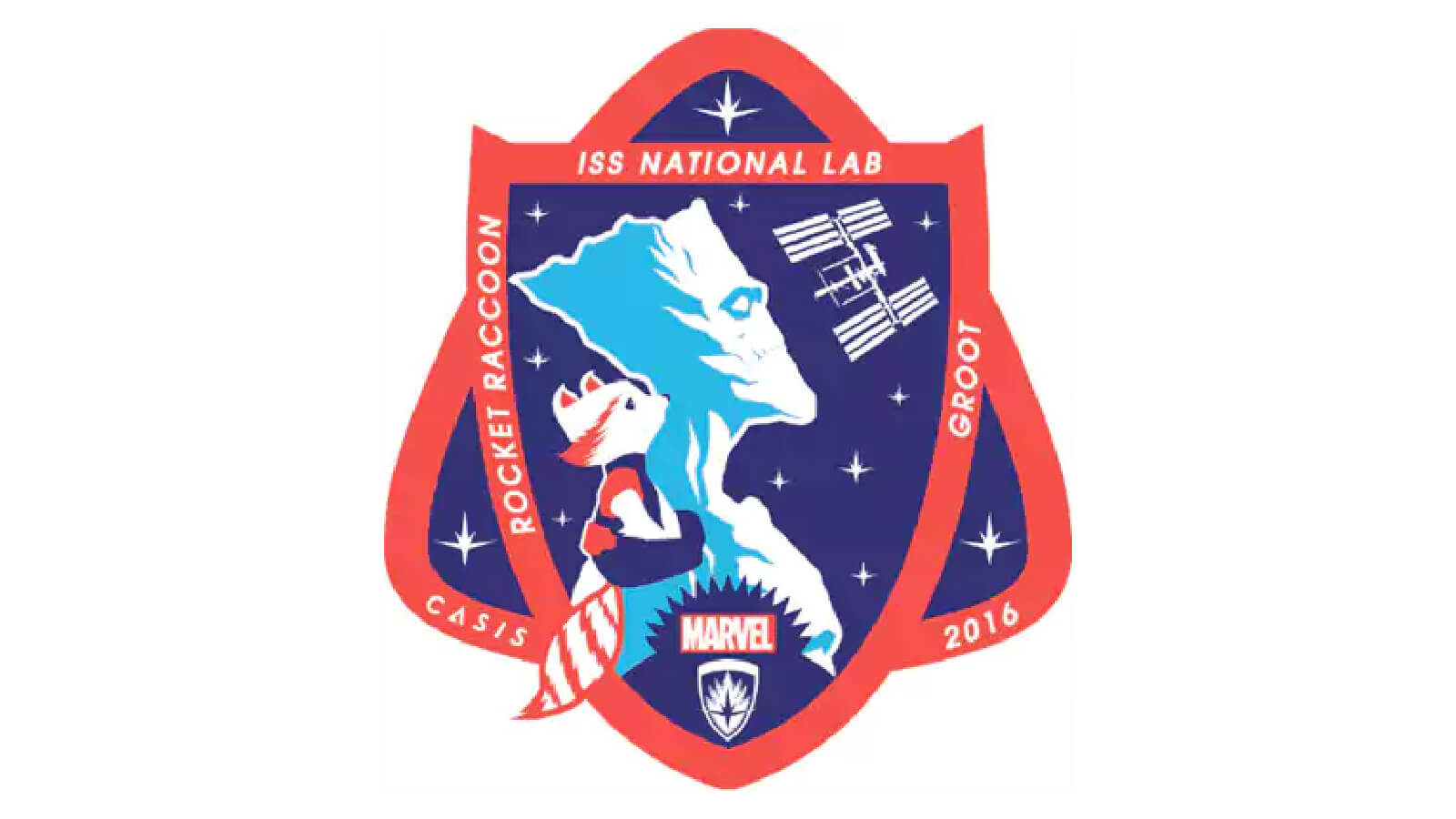
We use cookies to ensure that we give you the best experience on our website. If you continue to use this site we will assume that you are happy with it.
Ok ✕
International Space Station STEM Challenge Invites Students Ages 13-18 to Submit Microgravity Research Proposals
LEXINGTON, Ky. (January 16, 2018) – Space Tango has been designated the official flight support team for the winning Team Groot flight experiments in the CASIS and Marvel Entertainment Guardians of the Galaxy Space Station Challenge.
The contest is divided into two separate research opportunities: Team Rocket, and Team Groot. Students interested in fundamental biological and regenerative science concepts are encouraged to submit flight proposals under Team Groot – Who is the embodiment of genetics and plant biology.
“Both Rocket and Groot have characteristics that are researched onboard the ISS daily, and to allow students to propose experiments based on their favorite Super Heroes will be an exciting way to engage our Nation’s youth about STEM principles and the space station, said CASIS Director of Operations and Educational Opportunities Kenneth Shields.”
Students are asked to explain their experiment and its use of a microgravity environment to explore outcomes unobtainable in an Earth-based Laboratory. Deadline to submit a flight proposal is January 31, 2018.
A winning Team Groot submission will send their experiment in Space Tango hardware as an official ISS National Lab investigation scheduled to launch to the Space Station later this year.
From Space Tango’s autonomous and configurable TangoLab facility aboard the International Space Station the winning students will be able to monitor and receive their experiment data in near-real time after its installation on the ISS.
“We are champions of STEM education and are pleased to provide support and access to our facilities on the International Space Station to support the Guardians of the Galaxy Challenge. Previous relevant experiments performed on the International Space Station on flatworm regeneration, plant growth, and flow chemistry can help to inform and inspire student teams as they develop their proposals” explained Space Tango CEO Twyman Clements. “This is an exciting opportunity to inspire and work with the next generation of scientists as they bring an alternative, creative outlook on the capabilities of microgravity research.”
To learn more about this challenge, including previous experiments conducted on the ISS, and how to submit a proposal, please visit: spacestationexplorers.org/marvel

About Space Tango
Space Tango streamlines and simplifies the unique environment that microgravity offers to design, build, and operate integrated systems that facilitate microgravity R&D and manufacturing for applications that improve life on Earth. Our commitment to streamlining and standardizing processes allows researchers to focus on their science while we facilitate the logistics of traveling to and working in microgravity. Space Tango is developing an entire pipeline of products to increase the variety, volume and ease of using this new frontier. We strive to diversify the use of microgravity and invite you to reach beyond in hope of improving life on Earth.
About Casis
The Center for Advancement of Science in Space (CASIS) is the non-profit organization selected to manage the ISS National Laboratory with a focus on enabling a new era of space research to improve life on Earth. In this innovative role, CASIS promotes and brokers a diverse range of research in life sciences, physical sciences, remote sensing, technology development, and education.
Since 2011, the ISS National Lab portfolio has included hundreds of novel research projects spanning multiple scientific disciplines, all with the intention of benefitting life on Earth. Working together with NASA, CASIS aims to advance the nation’s leadership in commercial space, pursue groundbreaking science not possible on Earth, and leverage the space station to inspire the next generation.
About the ISS National lab
In 2005, Congress designated the U.S. portion of the International Space Station as the nation’s newest national laboratory to maximize its use for improving life on Earth, promoting collaboration among diverse users, and advancing STEM education. This unique laboratory environment is available for use by other U.S. government agencies and by academic and private institutions, providing access to the permanent microgravity setting, vantage point in low Earth orbit, and varied environments of space.